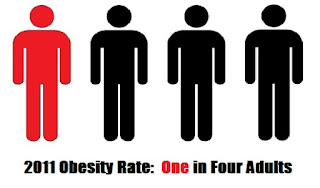HOW DID THAT GET FUNDED?
Today in topics that make you wonder why one person's research gets funded, but yours doesn't... CUNY researchers find a statistical link between reality television watching and tanning bed usage. (Insert Snooki joke here...)
From the abstract:
RESULTS:While, as a sociologist, I understand the social construction of reality and the influence of mass media as an agent of socialization, I also understand the difference between correlation and causality. Judging by the conclusion, I suspect the authors might need a refresher course?
Those who did versus did not watch reality TV beauty shows used tanning lamps (12.9% vs 3.7%, P < .001) and tanned outdoors (43.3% vs 28.7%, P < .001) at significantly greater percentages. Significant predictors of tanning lamp use included watching reality TV beauty shows (odds ratio [OR] 2.58, 95% confidence interval [CI] 1.11-6.00), increasing age (OR 1.17, 95% CI 1.04-1.32), and female sex (OR 10.16, 95% CI 3.29-31.41). Significant predictors of outdoor tanning included watching reality TV beauty shows (OR 2.11, 95% CI 1.33-3.34)
CONCLUSION:
Watching reality TV beauty shows is associated with both tanning lamp use and outdoor tanning. Dermatologists should consider discussing the potential harmful aspects of tanning beds and outdoor tanning, especially with their patients who watch reality TV beauty shows.
GENERATION GAP IN GOVERNMENT BUDGET PRIORITIES
This week the Pew Research Center released a report "The Big Generation Gap at the Polls Is Echoed in Attitudes on Budget Tradeoffs" based on results from the general public survey.
 |
| Source: Pew Research Center |
OLD RELIGION
Pew also released a report on the Global Religious Landscape, including geographic distribution of populations by religious affiliation, and information about the age structure of the world's major religious groups.
 |
| Source: Pew Research Center |
BEST CHART OF THE WEEK
The most cited works in Sociology...
Thanks to scatterplot.
 |
| Source: Scatterplot |

















.jpg)

























